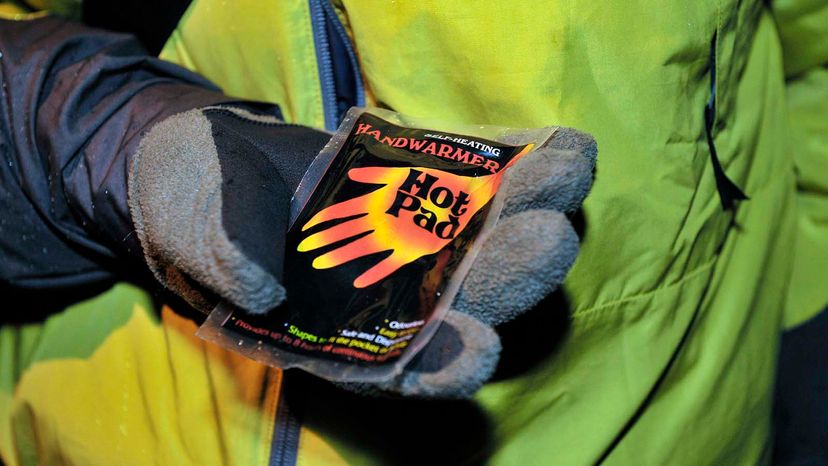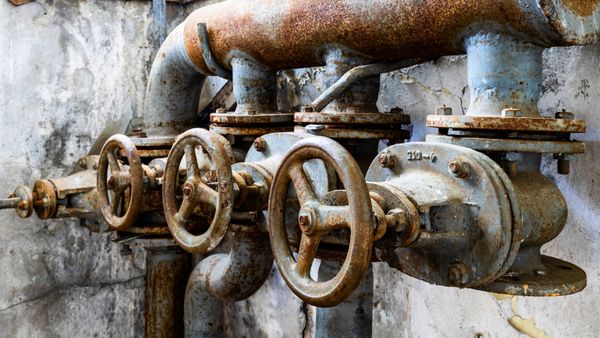
When your hands — or toes — get so cold that even your best gloves and socks can't keep them toasty, those little plastic pockets of magical powder that we call hand warmers can bring big relief. Since a hand warmer produces heat in a short period, it's good to have in emergencies, and perfect to tuck inside your mittens during winter activities like snow skiing, ice skating or just watching your favorite football team.
But how do hand warmers work? Do they contain tiny demons who warm your hands with hellfire? Or is it some horrific chemical reaction that will turn your hands into sentient beings who want to live independently from the rest of your body?
Advertisement
Luckily, the science behind those hand warmers is pretty simple. It turns out they use the same process that transforms iron to rust, just a lot faster.

